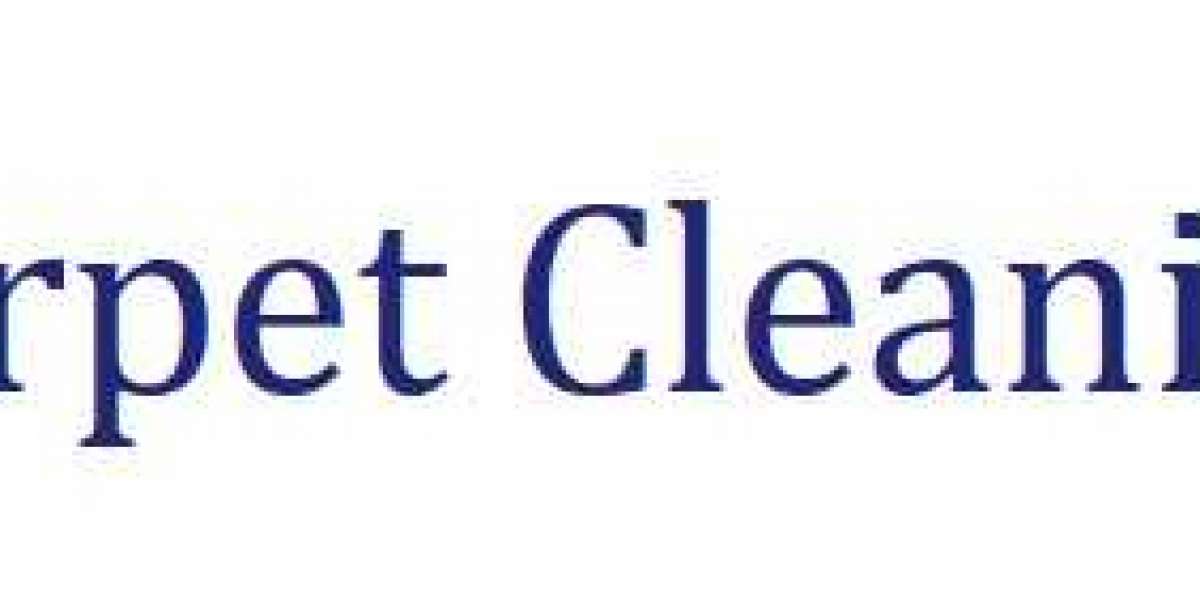Carpets are a staple in many homes and businesses, providing comfort, insulation, and a touch of style. However, they are also magnets for dirt, dust, and stains, which can affect their appearance and longevity. Regular carpet cleaning is essential to maintaining a clean and healthy indoor environment, keeping carpets looking their best and extending their lifespan. Here’s a closer look at effective carpet cleaning techniques, their benefits, and how to maintain spotless floors.
Why Regular Carpet Cleaning is Essential
Carpets endure a lot of foot traffic, which inevitably brings in dust, dirt, and even allergens that settle into the fibers. Over time, this buildup can make carpets look dull and worn out. Additionally, the presence of dirt and allergens can impact indoor air quality, particularly for those with allergies or respiratory issues. By cleaning carpets regularly, you can reduce allergen levels and create a healthier living space.
Common Carpet Cleaning Methods
There are several methods to clean carpets effectively, each suited to different levels of soiling and types of carpets.
- Vacuuming: The simplest and most essential carpet cleaning method, vacuuming removes surface dirt and debris, keeping carpets looking fresh and reducing the buildup of deeper grime. Aim to vacuum high-traffic areas at least once a week, with low-traffic areas getting attention every couple of weeks.
- Steam Cleaning (Hot Water Extraction): Steam cleaning uses hot water and a cleaning solution that’s injected into the carpet, loosening dirt and stains before being extracted with a powerful vacuum. This method is highly effective for deep cleaning and removing stubborn stains and is recommended every 6-12 months for optimal results.
- Dry Cleaning: This method uses a special powder that’s spread over the carpet and then brushed in to absorb dirt. Afterward, the powder and grime are vacuumed away. Dry cleaning is quick, as there’s no drying time required, making it ideal for businesses or high-traffic homes that need rapid cleaning.
- Shampooing: Shampooing involves applying a foamy solution to the carpet, agitating it to remove dirt, and then vacuuming it up once dry. It can be effective for removing dirt, but it may leave a residue if not properly rinsed, which can attract dirt over time.
DIY vs. Professional Carpet Cleaning
While routine vacuuming is manageable for most people, periodic deep cleaning often requires the expertise of professional carpet cleaning services. Professionals have access to industrial-grade equipment and specialized cleaning solutions that can remove deeply embedded dirt and tackle challenging stains without damaging the carpet.
DIY Lantana Carpet Cleaning, such as renting a steam cleaner or using carpet shampoos, can be a more budget-friendly option. However, improper use of equipment or too much cleaning solution can lead to problems, like over-wetting or leaving residue, which may shorten the carpet’s lifespan.
Conclusion
Incorporating regular carpet cleaning into your home or business maintenance routine will not only enhance the appearance of your space but also ensure a healthier indoor environment. By choosing the right methods and cleaning frequencies, you can enjoy fresh, spotless carpets year-round.




